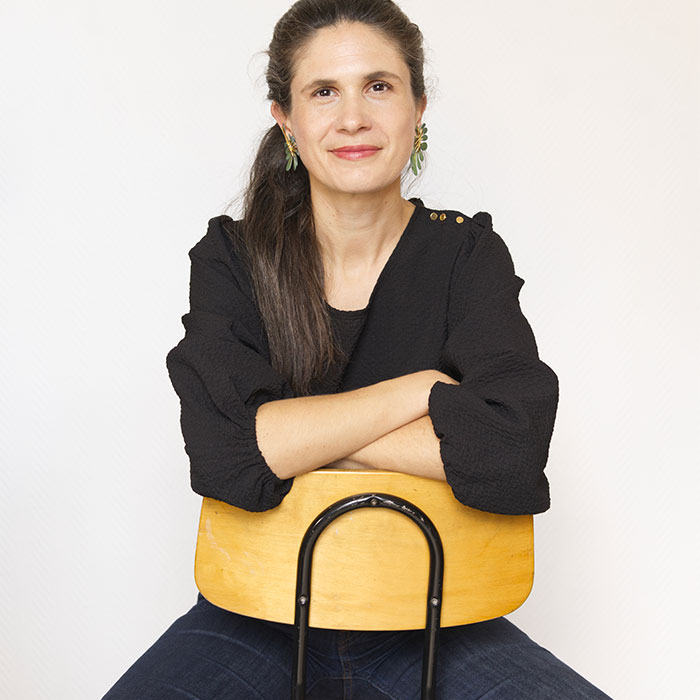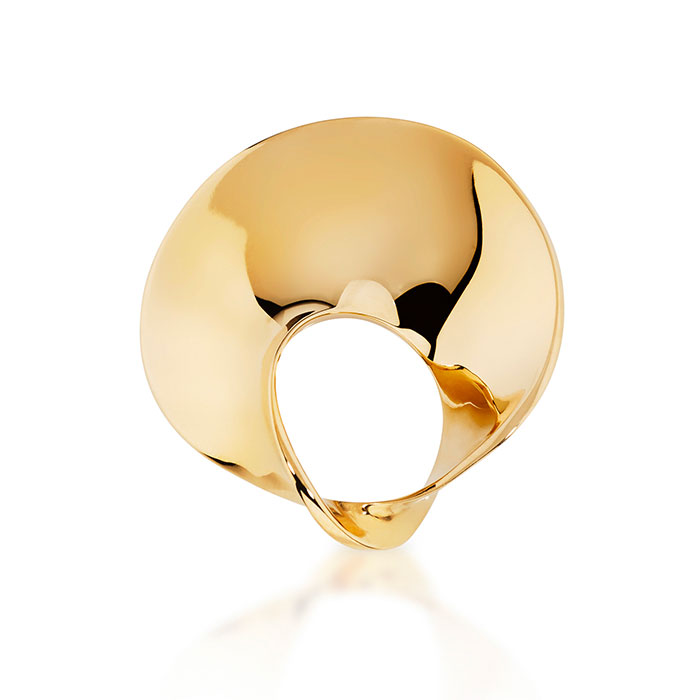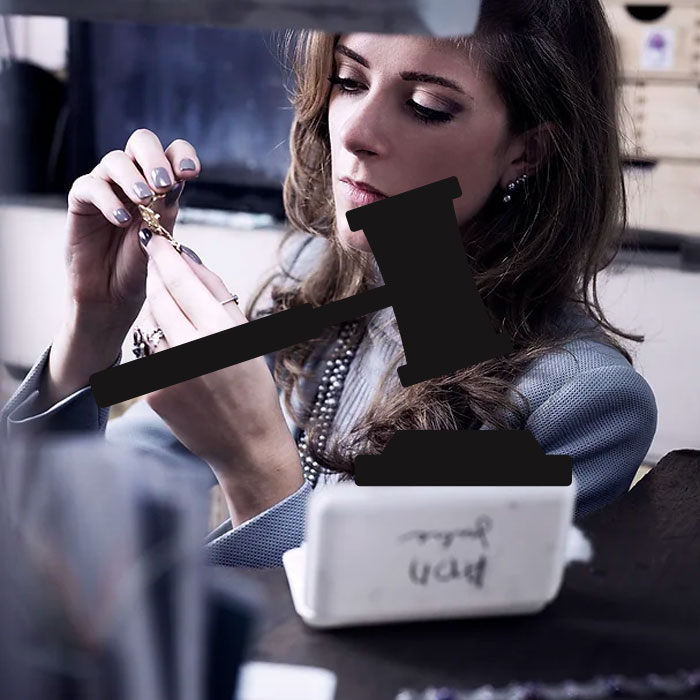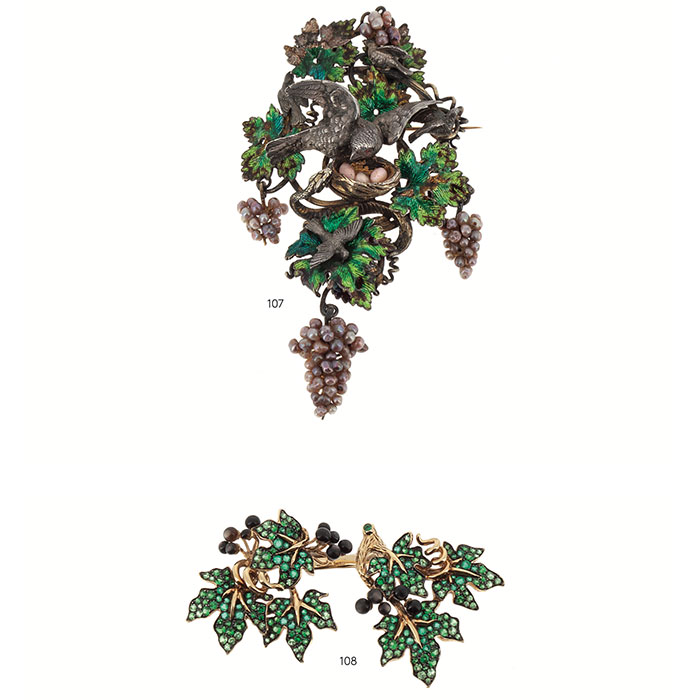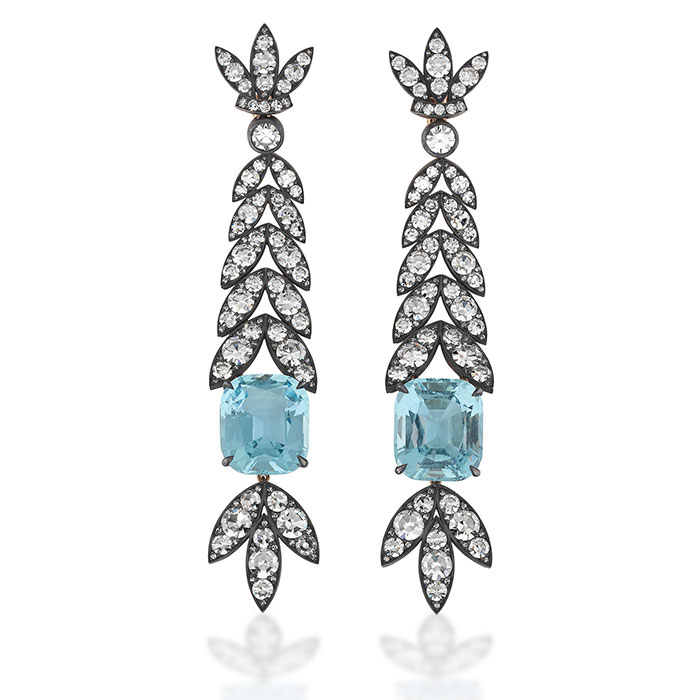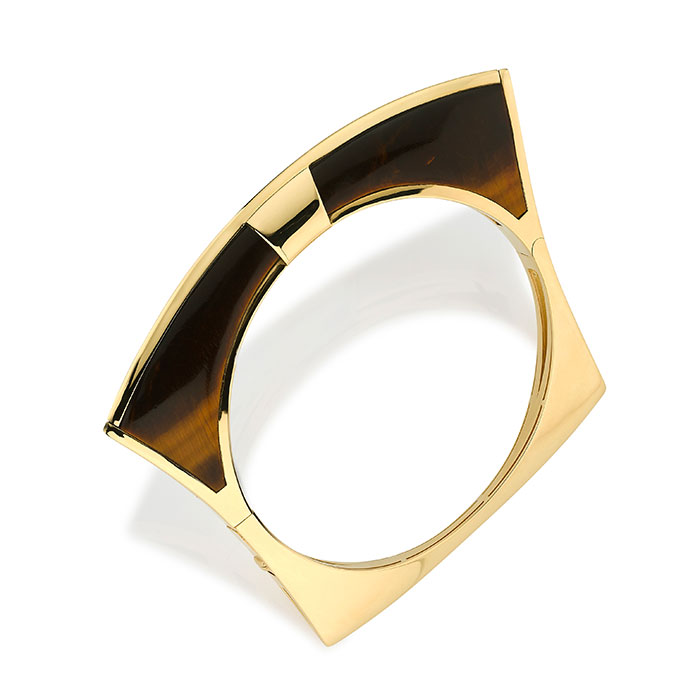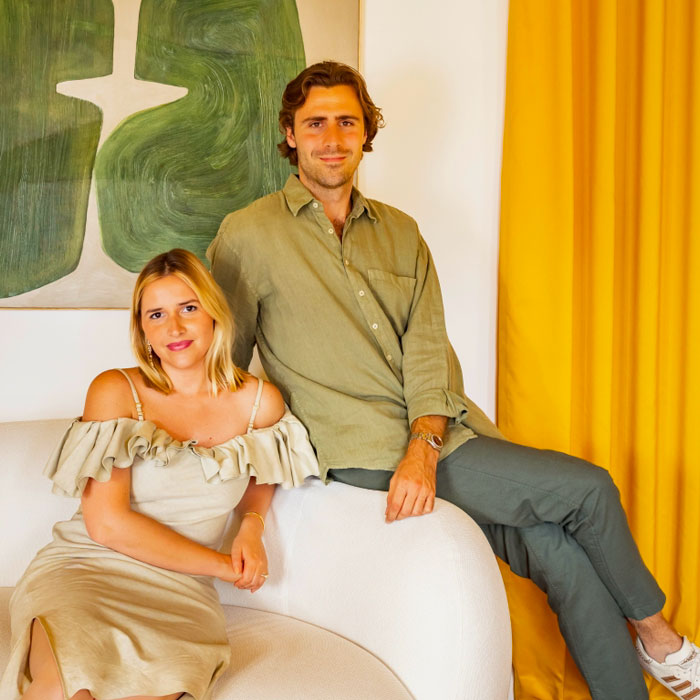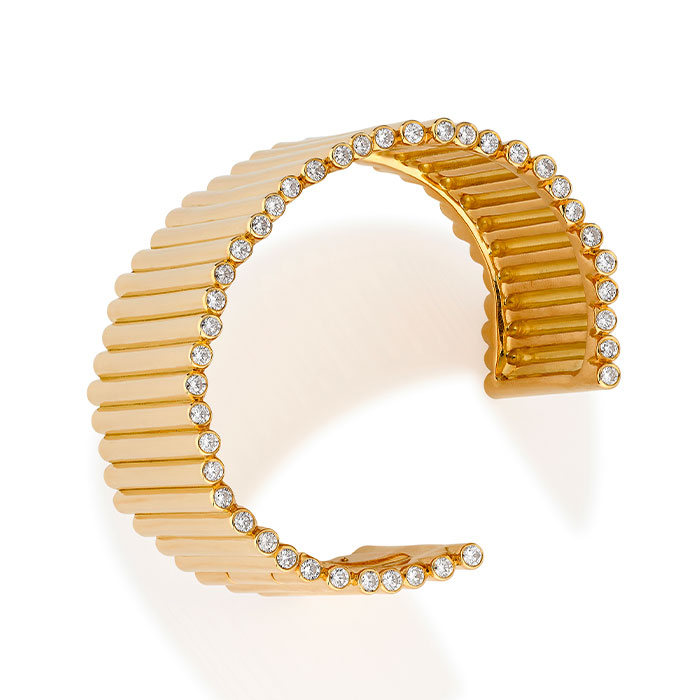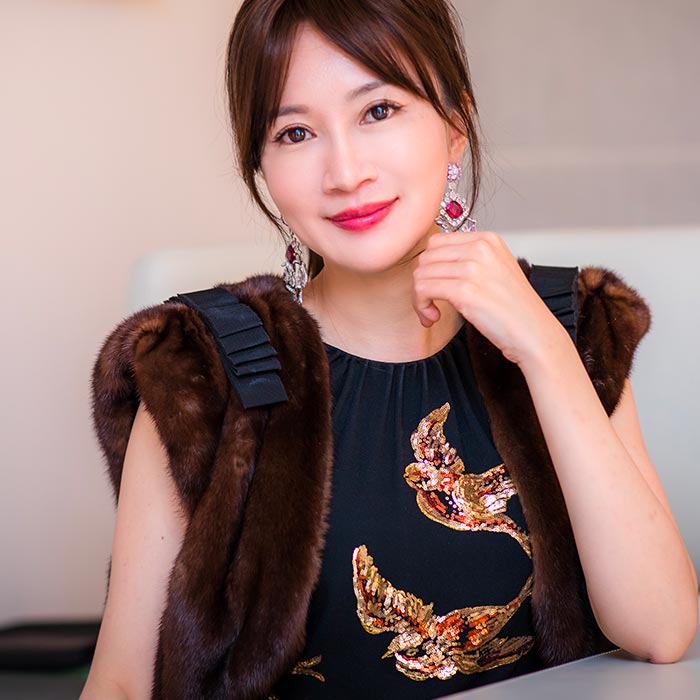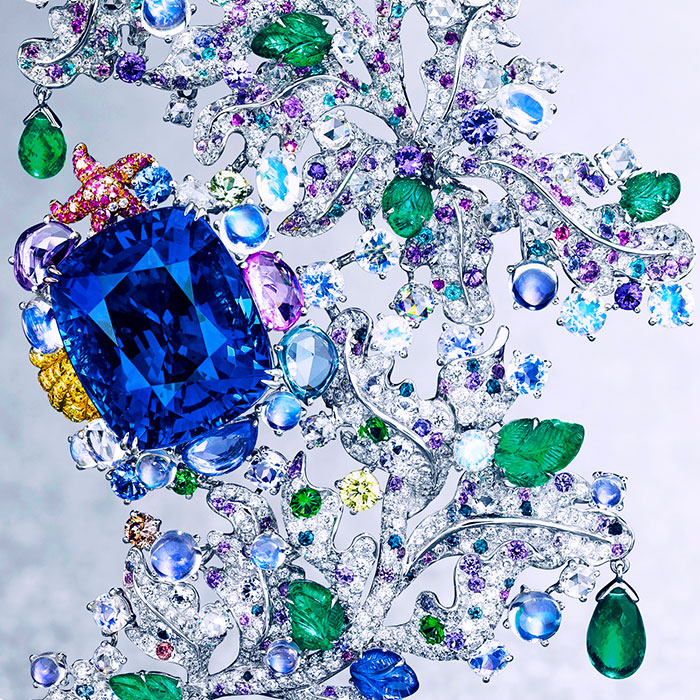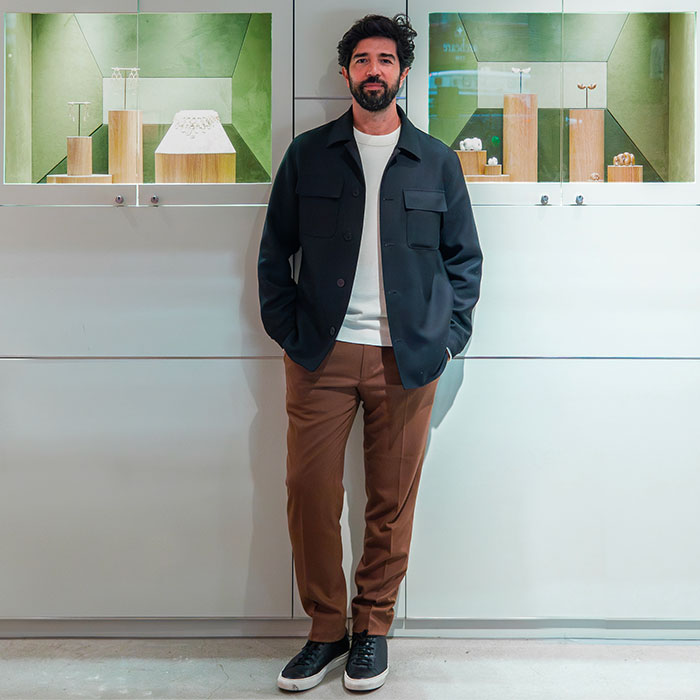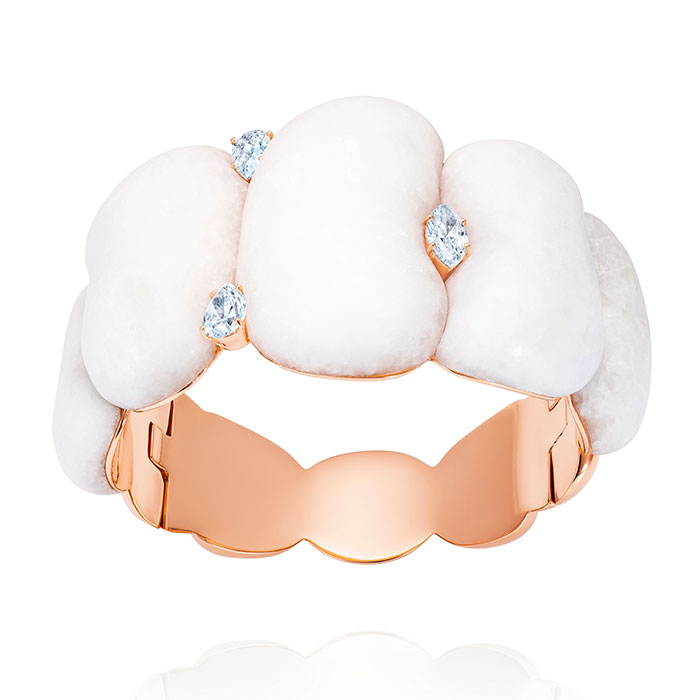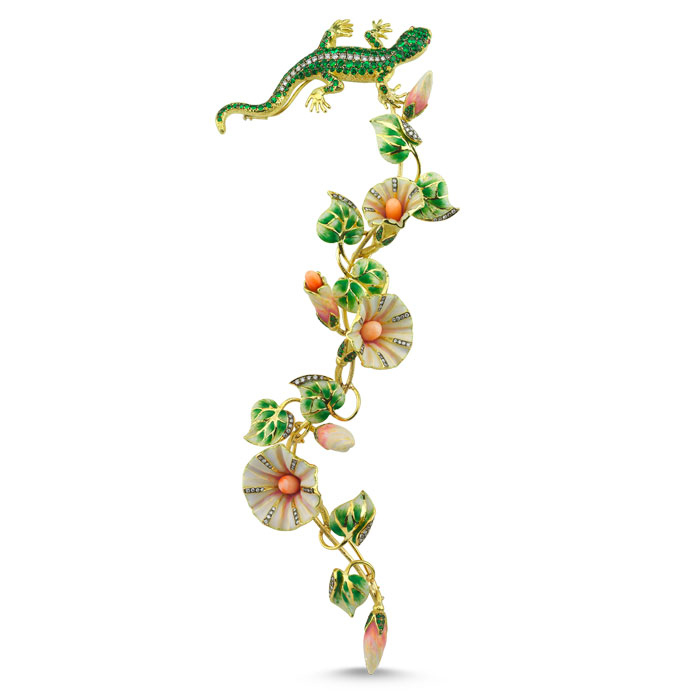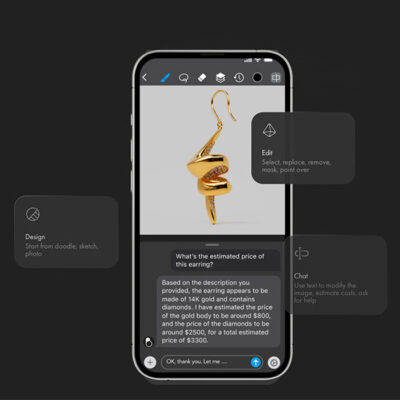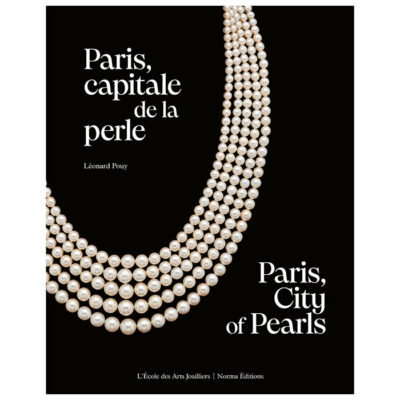Business
21 November 2023
Share
Auctions: does brand-new jewelry have a place?
Hammer sales are no longer reserved for antique and vintage jewelry with a long history. They now feature brand-new jewelry that has never belonged to anyone.
By Sandrine Merle.
On November 6 in Geneva, Phillips auction house organized a sale featuring ten new pieces of jewelry created by seven brands with still-living designers. Silvia Furmanovich and Margaret Jewels (by Oriana Melamed Sabrier et Candice Ophir) were launched in the early 2000s. Dries Criel was born in 2007, while Maison Alix Dumas and Viltier (by Thomas Montier Leboucher and Iris de la Villardière, barely in their thirties), started just three years ago.
Is this the role of an auction house?
For Benoît Repellin, head of Phillips’ jewelry department, “presenting contemporary jewelry is part of the DNA of our company, which in the past has launched many artists of the 20th and 21st centuries. For her part, Violaine d’Astorg, director of Christie’s Paris jewelry department, believes that “as market leader, our duty is to present the new generation to our clients. These are the names they will be collecting tomorrow. But as we all know, this is also a marketing strategy. Magali Teisseire, their counterpart at Sotheby’s Paris, confirms: “it helps to attract clients of the new generation of jewelers and vice versa.”
A boon for jewelers
“Participating in the Phillips Geneva sale gave me worldwide visibility, from London to Hong Kong, Singapore and Taipei,” enthuses Alix Dumas. For jewelers, it’s also a new sales channel at a time when traditional boutiques and department stores are saturated with the influx of new brands. And these jewelers are also gaining in prestige by rubbing shoulders with such legendary names as Cartier, Van Cleef & Arpels, Bulgari, Sterlé and others. In her catalog, Million Belgique expert Céline Rose David juxtaposed designer Pamela Hastry’s ring for Morphée with the brooch by the great Wiese, dating from the 19th century. Almost as good as sharing a museum showcase!
Doing as well as JAR…
The youngest dream of the trajectory of JAR, the first living designer to have had a piece of jewelry auctioned in 1984 at Christie’s New York. The pair of earrings had been bought by a client a few days earlier for his wife, who hadn’t liked them,” recalls François Curiel, chairman of Christie’s Europe. Estimated at USD 8-10,000, they fetched USD 16,500. JAR remains the only living jeweler whose auction price can exceed the purchase price and who still holds the records. The others are rarely successful. They don’t necessarily find takers or make low estimates (as recently with Margaret or Silvia Furmanovich’s earrings at Phillips). Not great publicity for anyone…
Brand-new jewelry: why is success so rare?
In Paris and Geneva sales, the jewelry, beautiful as it may be, is usually mid-range, easy to wear, and relatively accessible. They don’t feature extremely rare craftsmanship or exceptional stones, which collectors crave. Additionally, the designers, usually European, are not internationally known, and there is no intense promotion of their story or DNA. In contrast, in Asia, where contemporary jewelry, when extraordinary, fetches stratospheric prices. For instance, Anna Hu set a world record for contemporary jewelers previously held by JAR and the highest auction price per carat for a Burmese sapphire.
Well aware of the difficulties in selling contemporary jewelry, Sotheby’s is exploring a new path: leveraging the fame of its prestigious contemporary art sales in November in New York, it revealed fixed-price jewelry. These pieces were created by young Brazilian Fernando Jorge specifically for Sotheby’s. This breaks with the initial concept of auction sales and is a new strategy to promote brand-new jewelry that deserves recognition.


